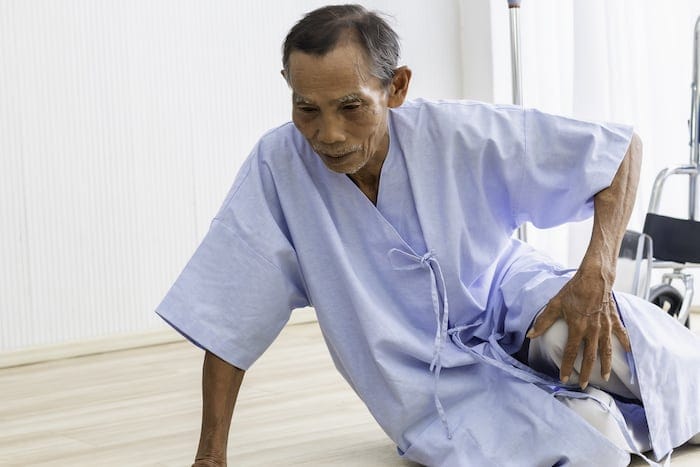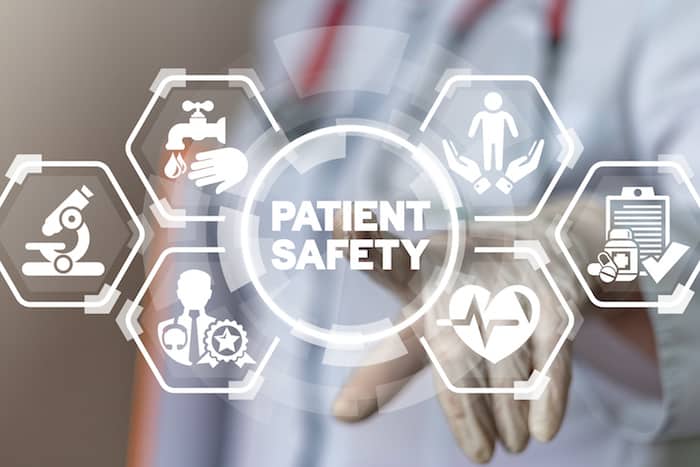Although a healthcare facility is expected to be one of the safest places, it’s still prone to occasional accidents. Perhaps, the most common of them are patient falls, especially among the elderly ones. Injuries resulting from such events not only add more expenses to the patient’s bill, but also extend their stay at the hospital. As a result, this may hinder your service delivery to the rest of the community. It’s worth noting that healthcare workers may also be injured when fulfilling their daily duties.
The good thing is that there are some ways through which healthcare managements can reduce accidents within their facilities. This article aims to discuss some of the guidelines that should be followed by your healthcare business to ensure the safety of clients and everyone else working within the premises. Having the said safety measures in place makes things a lot easier when the employee’s or patient’s injury accident lawyer comes knocking.
1. Put An Identification Mark On High-Risk Patients
One reason why many patients are prone to fall injuries is that some clinicians are not aware of the risks. For instance, if a new shift of nurses comes in, it’s recommended that a few marks are left behind to help identify those patients who may need help moving from their rooms. Although this technique is common when dealing with elderly patients, some people fall due to confusions related to their illnesses.
One way of ‘marking’ patients is giving red socks to those who are at a high risk of falling. This way, it would be easier to spot them from a distance and initiate the relevant protocols. The identifiers can also be put on the doorways of these patients or they can be asked to wear armbands. Of course, there’s no wrong or right way of doing this—the main objectives are to facilitate operations and ensure patient safety within the healthcare facility.
2. Provide A Safety Companion
It might seem quite expensive to give every patient a safety companion. However, looking at the bigger picture, the benefits outweigh the financial side of things. If possible, ensure that every patient at risk of falling or any other accident is given a companion. As such, their actions, movements, and health conditions will be closely tracked. Those who need companions the most are the ones who look quite disoriented, either as a result of an illness or due to the side effects of the drugs they’re taking.
Of course, it can be quite tricky to provide each patient with a companion. It would, therefore, be prudent to take a more economical yet effective route. Ensure that your nurses make regular safety rounds to check on high-risk patients. This strategy will go a long way in reducing injuries within your facility.

3. Make Use Of The Lift And Transfer Equipment
Healthcare workers are some of the most exposed individuals to hazards as compared to other professionals. Fortunately, some of these things are preventable if the right procedures are followed. For instance, lifting a patient, no matter how light they may look, should be given the seriousness it deserves.
It might seem like an easier option to not use the lift, but remember that it takes a slight move for one to injure their wrist or arm, or even suffer from lower back pain. Therefore, always ensure that your employees use the right equipment to lift anything heavy or move patients from one area to another.
4. Clear The Floor Where Possible
Some of the main causes of accidents within a healthcare facility are hazardous objects lying all over the floor. Anyone, from patients to health workers, can trip on these objects and fall, injuring themselves in the process. The best way to deal with such a problem is to set ground rules that will ensure that all passageways are clear.
Also, it’s important to make sure that the floors are not too slippery. Cleaners should make it a habit to put up signs, such as ‘Slippery Floor’ whenever they’re cleaning passageways. This way, people walking along those areas will know how to best handle their movements.
Conclusion
Accidents are a common occurrence in any workplace, including in healthcare facilities. One way of reducing the number of such cases is by using identification marks on patients, especially the elderly. Providing companions for such people may also be essential. In addition, health workers should make use of appropriate equipment when lifting heavy objects and moving patients. Finally, it’s crucial that all passageways within the healthcare facility are clear of any obstacles to avoid unnecessary injuries.
The Editorial Team at Healthcare Business Today is made up of skilled healthcare writers and experts, led by our managing editor, Daniel Casciato, who has over 25 years of experience in healthcare writing. Since 1998, we have produced compelling and informative content for numerous publications, establishing ourselves as a trusted resource for health and wellness information. We offer readers access to fresh health, medicine, science, and technology developments and the latest in patient news, emphasizing how these developments affect our lives.








